Silk Road Regions
Look at a map of the Silk Road, from the Caucasus Mountains and the Caspian Sea in the west, across Central Asia and Pakistan, and then into Mongolia and China. The world’s highest mountains and deepest caves, mighty rivers and ominous deserts lie within these borders, and so too do some of the richest civilisations mankind has ever built.
Click regions on the map to see more information. Read about Silk Road
- Caspian
- Heart of Central Asia
- Golden Coast
- Almaty - Issyk-Kul
- Karakorum - Wakhan
- Altai
- Gobi and Grasslands
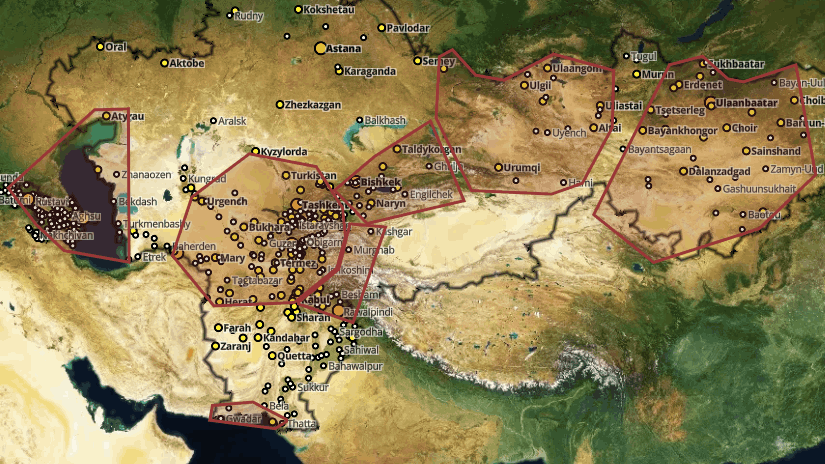
Caspian

The Caspian Sea is the world’s largest inland body of water, covering an area larger than Germany. In its basin lie mountains and deserts, the ruins of ancient cities and the eclectic architecture of modern metropolises. The diversity of the region’s tourism products is remarkable, from cruises and beach resorts to cultural programmes and casinos, hiking, mountain biking, and winter sports.
The Heart of Central Asia
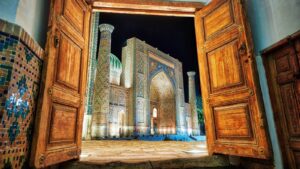
Geographically and culturally, the Heart of Central Asia is the Heart of the Silk Road. The armies of Alexander the Great and Genghis Khan fought to control the cities of Afrosiab and Maryi; Sogdian merchants built wealthy settlements at Taraz and Panjakent; and in the Islamic Golden Age, Bukhara, Khiva, Osh, and Samarkand flourished as centres of scholarship, commerce, and the arts.
Golden Coast
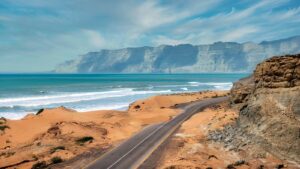
The Golden Coast stretches out along the Arabian Sea from Gwadar to Karachi, but also reaches inland along the Indus River to Sukkur. In doing so, it ties together the overland Silk Road with equally historically significant maritime trade. Big and brash, Karachi is one of the world’s most populous cities, and the anchor for tourism in the region.
Altai
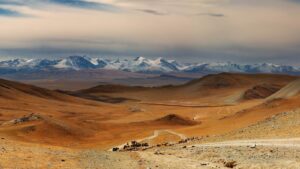
The Altai Mountains dominate the land where China, Kazakhstan, Mongolia, and Russia meet. Their headwaters feed the Irtysh and Ob Rivers, which wind their way on through steppe, taiga, and forest. Sparsely populated, the greatest attractions of this region are its wildernesses and wildlife, but there are nevertheless some important archaeological sites and opportunities to experience nomadic culture.
Karakorum - Wakhan
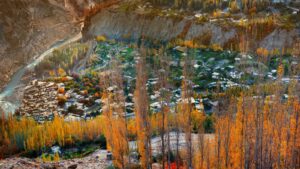
The world’s most spectacular mountains spiral out from the Pamir Knot in Karakorum-Wakhan. The peaks of not only the Pamir but also the Hindu Kush, Karakorum, Kunlun, and the Tien Shan reach up to touch the sky. From these ranges flow countless rivers which have nourished civilisations for millennia and up which millions of people still depend for drinking water and irrigation.
Almaty - Issyk-Kul
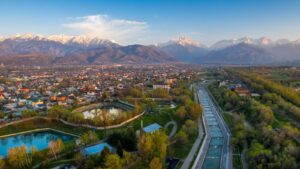
The Tian Shan Mountains, parts of which are UNESCO World Heritage Sites, shape the landscape between Kazakhstan and Kyrgyzstan and into western China. They create dramatic vistas, from canyons and valleys to waterfalls and lakes, a natural playground for adventurous travellers. There are some fascinating cultural attractions here too, reflecting the identities of those who passed through or stayed.
Gobi and Grasslands
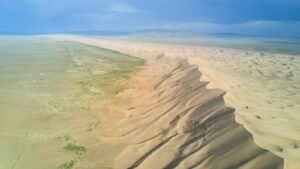
The Gobi Desert and the extensive grasslands epitomise the landscape of Mongolia and northern China. For many Silk Road caravans, this would have been their view for months on end. Modern visitors can access the region more easily but are no less awed by the vistas, the cultural sites, and the knowledge that they are following in the hoofprints of Genghis Khan.